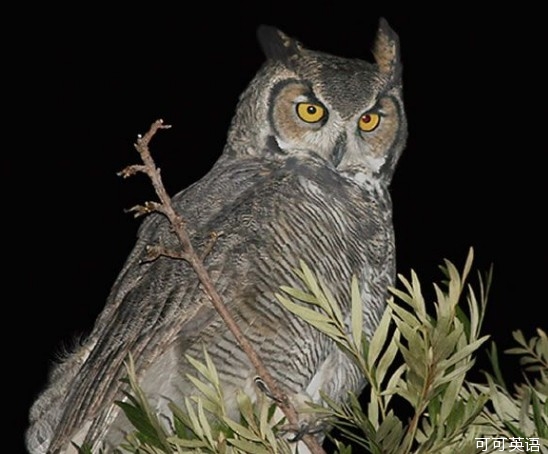
Science and Technology Avian malaria and climate change Bite the birds
科技 禽虐與氣候變化 鳥類受害
Malaria among birds is becoming more prevalent
鳥類中的瘧疾感染越來越多
MOSQUITOES, which carry malaria parasites, like the warm and wet conditions that are expected to become more common with climate change.
攜帶瘧原蟲的蚊子喜歡溫暖潮濕的環境,由于氣候變化的影響這種環境可能會越來越普遍。
This has led many to reason that malarial infections will increase.
因此很多人推論,瘧疾感染將會增加。
Yet studies run into the unreliability of modelling future climatic effects and sometimes ignore changes in land use and health care.
但是很多研究遇到了未來氣候效應模型不可靠的問題,而且有時忽視了土地使用和健康保健方面的變化。
However, a new analysis of the spread of avian malaria shows that for the birds, at least, there is a real worry.
然而,一項新的對禽虐傳播的分析顯示,至少對于鳥類而言,真正令人擔憂的狀況已經出現。
Laszlo Garamszegi, of the Do?ana Biological Station in Spain, studied patterns of malarial infections in birds to avoid confounding human factors in determining the epidemiology of a closely related parasite.
在對一種有密切關系的寄生蟲進行流行病學鑒定時,為避免混入人為因素,西班牙多尼亞納生物站的喇撒?噶母賽棘研究了在鳥類中瘧疾感染的模式。
He looked at 43 previous studies that had carefully screened 3,000 bird species for malaria in different locations over the past 70 years.
他察看了以前的43份研究。這些研究仔細鑒別了過去70年來在不同地區的3000中鳥類感染瘧疾的情況。
He found that an increase in global temperatures of 1°C was accompanied by a two-to threefold increase in the average prevalence of malaria in birds.
他發現,全球氣溫每增加1°C,鳥類平均瘧疾患病率隨之增加兩到三倍。
The most dramatic increases took place during the past 20 years.
最急劇地增加是發生在過去的20年間。
Dr Garamszegi's work, published in Global Change Biology, found that the house sparrow (Passer domesticus) showed a malaria prevalence that was less than 10% before 1990 when worldwide temperatures were cooler, but in recent years nearly 30% were infected.
噶母賽棘博士的論文發表在《全球變化生物學》雜志上,他發現,家雀(Passer domesticus)的瘧疾患病率在1990年以前不到10%,那時全球氣候比較涼爽,但是在最近的一些年里幾乎30%被感染。
The great tit (Parus major) presented a similarly worrying increase, with less than 3% infected with malaria before 1995 but closer to 15% in recent studies.
大山雀(Parus major)的患病率有類似令人擔憂的增加,1995年之前不到3%,而最近接近15%。
The blackcap (Sylvia atricapilla), a migrant bird common in Europe that breeds in gardens, once had virtually no avian malaria but a study in 1999 showed nearly 4% had the disease.
黑頭鶯在歐洲一種常見的候鳥,它們生活在很多公園里,實際上它們曾經并沒有禽虐感染,但是1999年的一項研究顯示,幾乎4%的黑頭鶯感染了這種疾病。
The effects of warming on avian malaria were not universal.
氣候變暖對禽虐的影響并不普遍。
Birds in Asia, North America and South America suffered much less change in their levels of infection during warm years than did birds dwelling in Africa and Europe.
亞洲、北美和南美的鳥類,在氣候變暖的若干年里,其感染率的變化較小,而生活在非洲和歐洲的鳥類則受影響較大。
Such trends may not have any relevance to the malaria parasites that infect humans.
這種趨勢與感染人類的瘧原蟲可能沒有任何關系。
But avian malaria is already ravaging the native birds of Hawaii and it is now wreaking havoc in New Zealand, says Dr Garamszegi.
但是禽虐已經毀掉了夏威夷的本地鳥類,它目前在新西蘭正造成著巨大的破壞,噶母賽棘博士說。
Human beings may be able to mitigate the spread of malaria, but birds will need the help of conservationists if some species are to survive.
人類也許已經使瘧疾的傳播減緩,但是如果某些鳥類要幸存下來,就需要環境保護主義者們的幫助。











